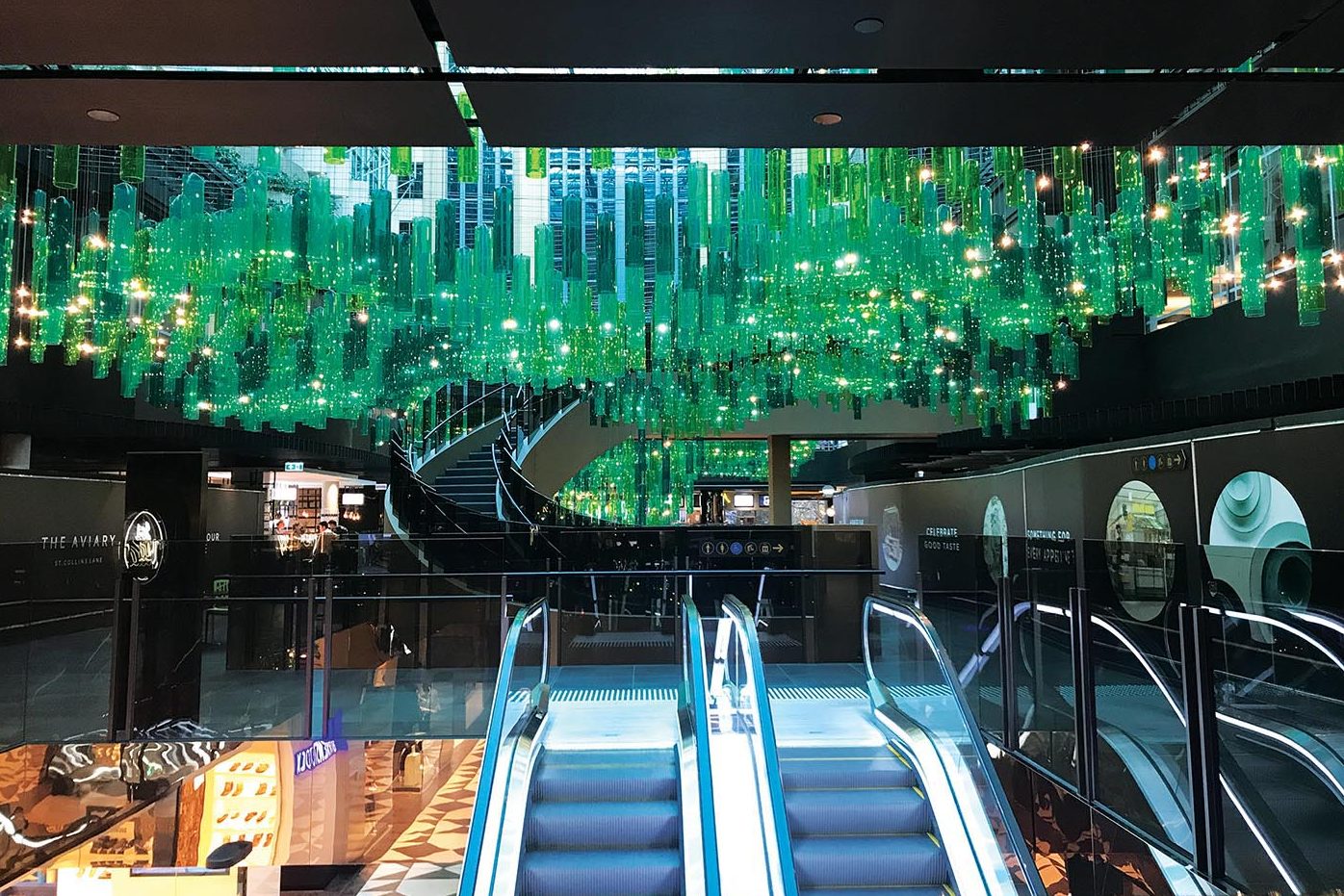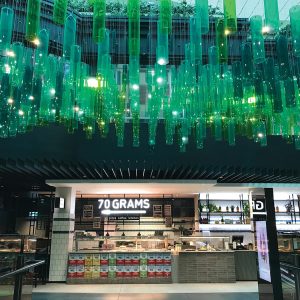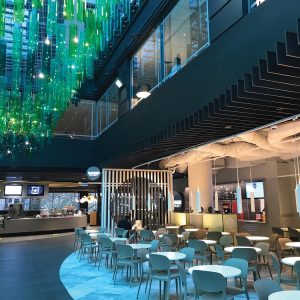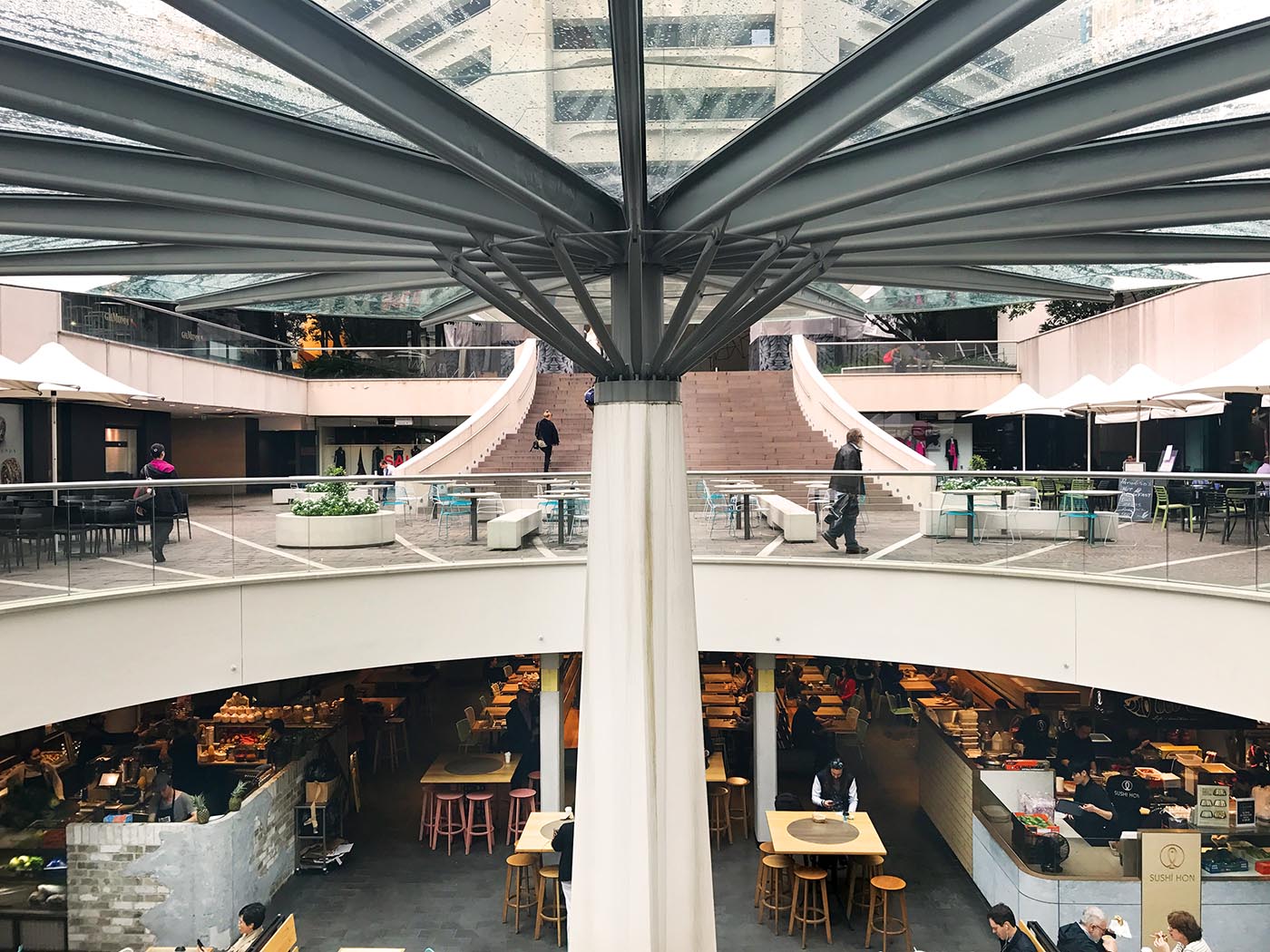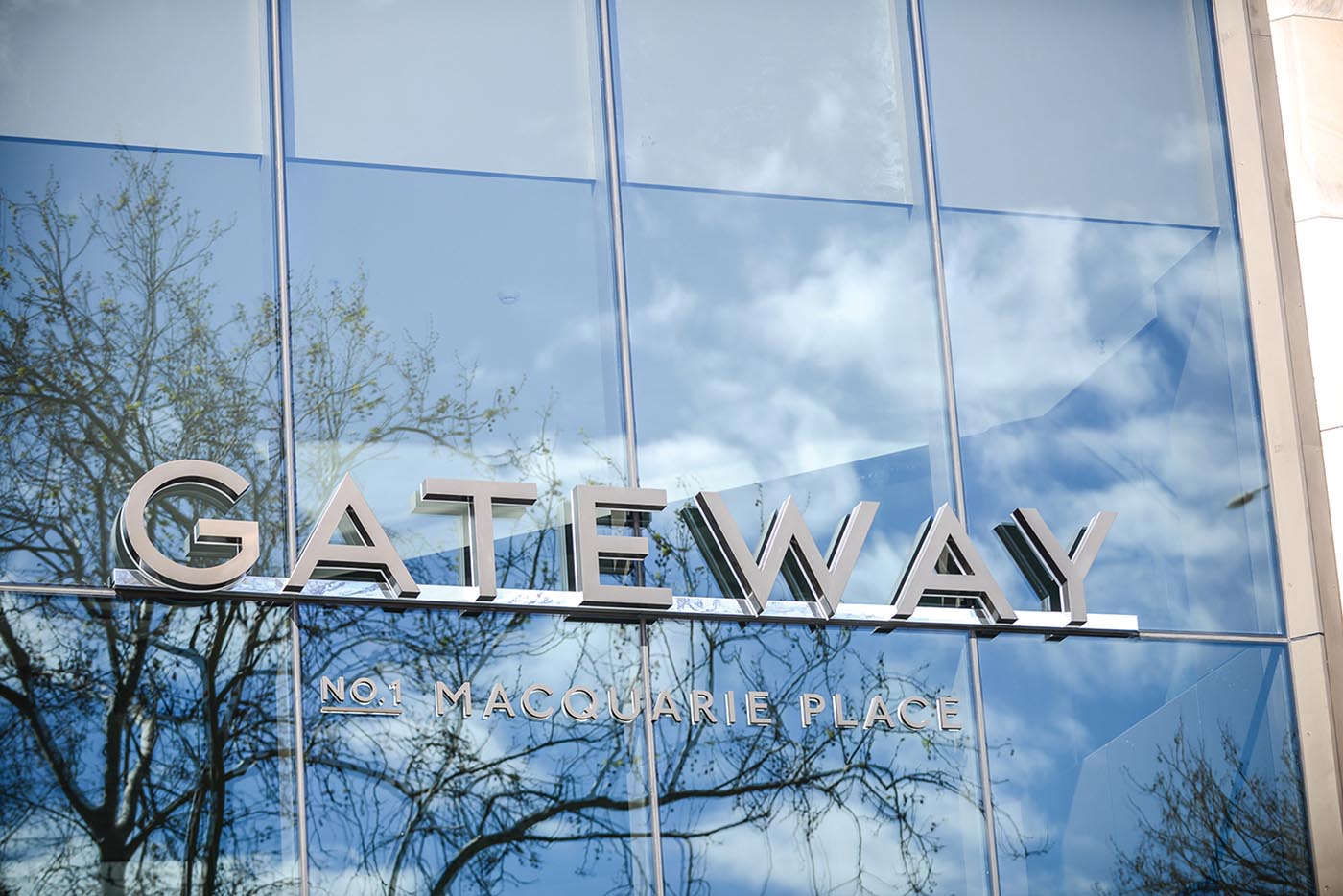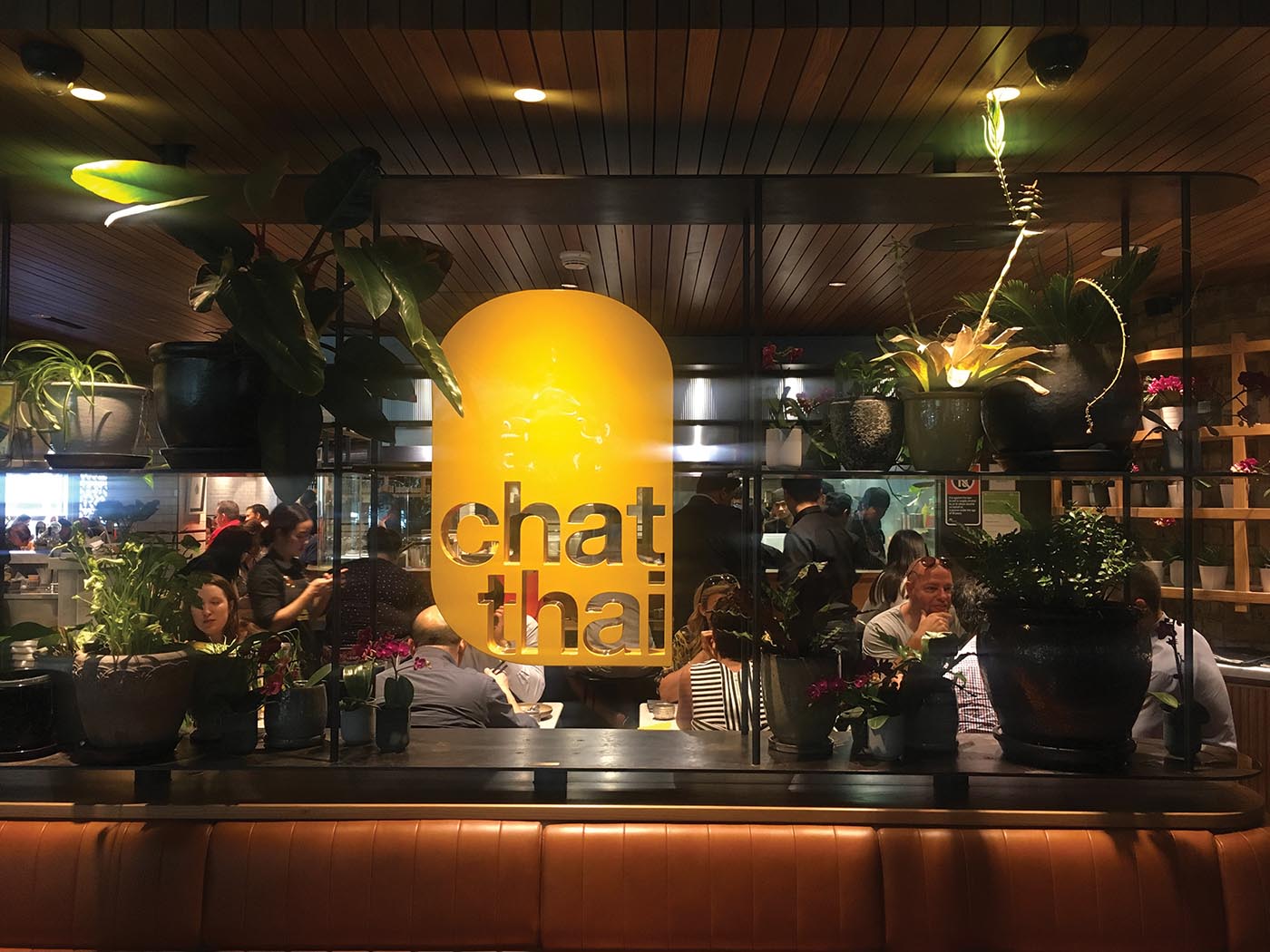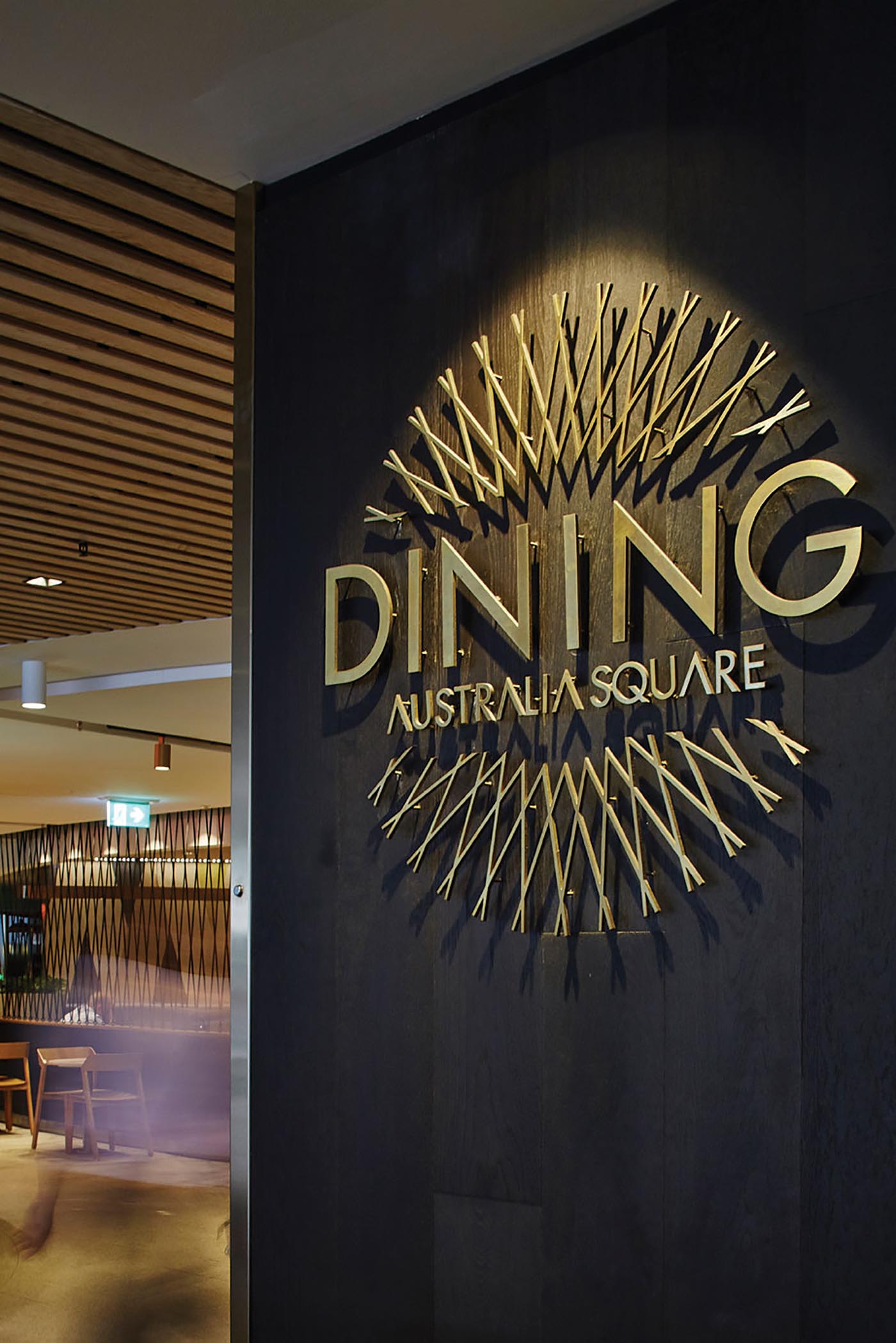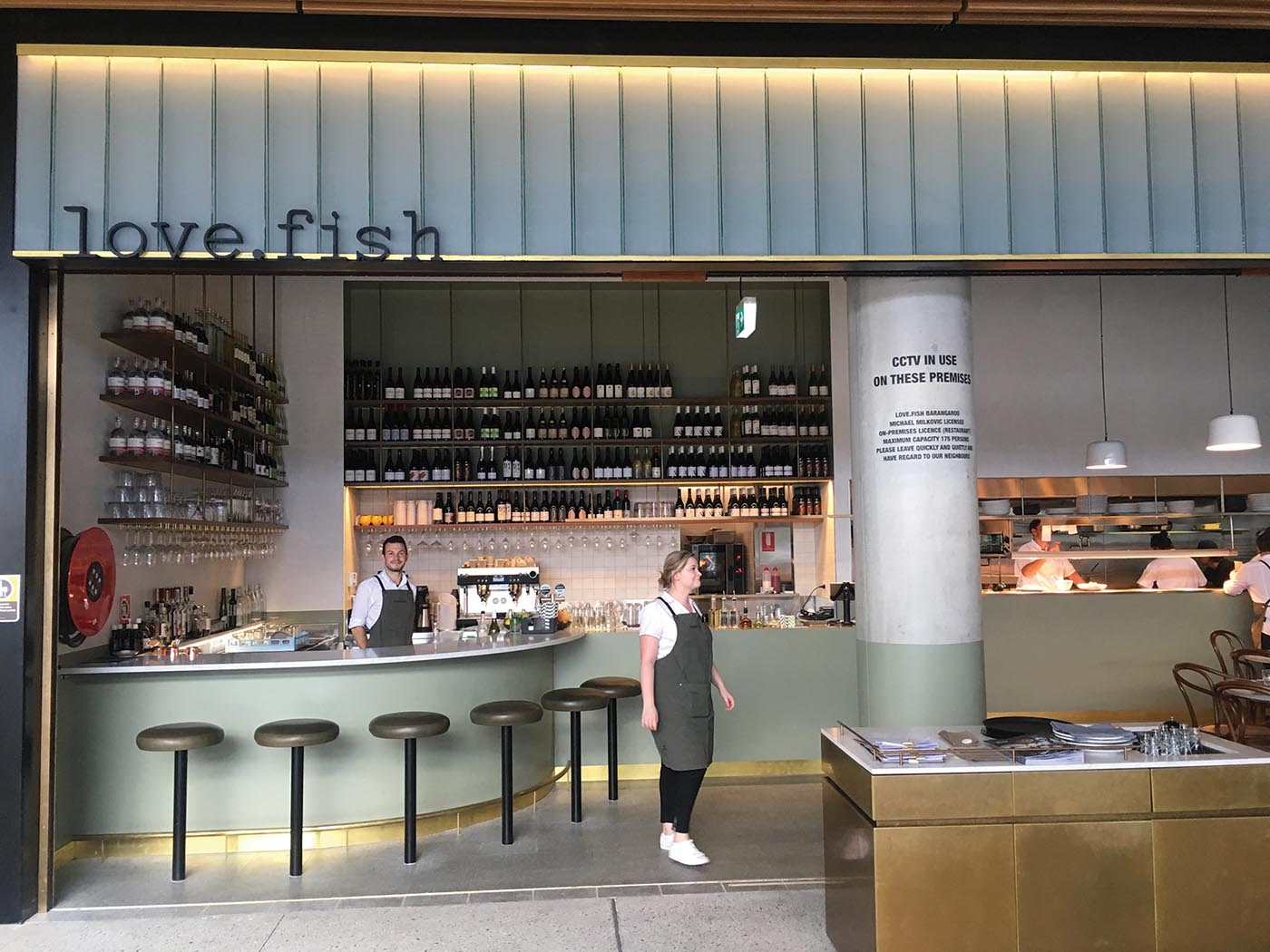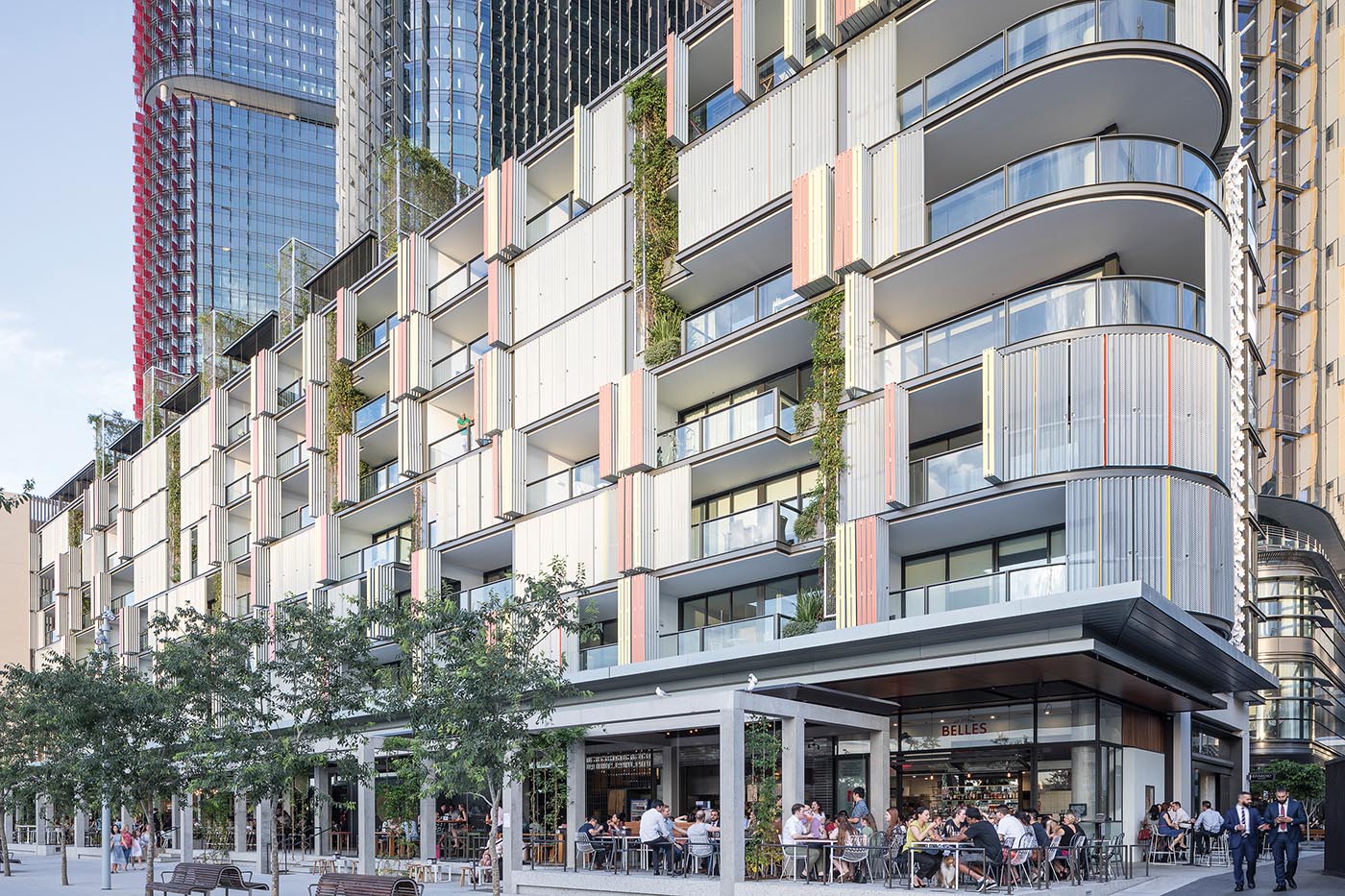QSRs – Quick Service Restaurants – the likes of McDonalds, Hungry Jacks and KFC are moving out of CBD locations. You might think it’s because people want better food; that they’re fed up with eating sugar, that they’re more sophisticated and demand quality rather than bulk or speed in service.
You may well be right, but that’s only half of it; other factors such as rising rents, landlord preferences and nimble independent operators have significant influence.
We are all aware of the evolution of food offerings within shopping centres and their importance within the broader retail market. But what about the more traditional fast food offerings or quick-service restaurants (QSRs) such as McDonald’s, Hungry Jack’s and KFC?
In Sydney’s CBD the traditional QSR footprint has come under threat, with a view that changing consumer preferences are to blame. We suggest that, while consumer preferences and healthy choices certainly play a role, there are more influencing factors to consider.
The consumer
Food precincts
It’s no secret that consumers have raised the bar when it comes to food offerings. As we have noted in the past, traditional food courts are being replaced by contemporary dining precincts filled with fresh-food outlets, cafes and restaurants both within and outside shopping centres. These precincts often have direct access routes to street frontages, and can remain open far longer than normal trading hours. This feature is important because it allows these precincts to capitalise further on the night-time economy that is utilised extensively by the tourist market.
Healthy choices
Consumers are now far more conscious of their health, lifestyle and diet, partly due to public awareness efforts but also due to the constant stream of reality television programming with which most of us are familiar. Therefore it’s unsurprising that consumer choice has shifted away from traditional QSR menus and toward healthier alternatives that are often produced by independent operators and not large franchise chains. This explains the move by some traditional QSRs to complement existing menus with healthy alternatives and allowing customers to create their own menu items.
- St Collins Lane, Melbourne
Waiting for quality
Healthy choices aside, consumers may be placing less emphasis on ‘fast’ and more emphasis on ‘food’. Patrons within food precincts such as Gateway Sydney, Australia Square, Wintergarden and Barangaroo are willing to wait a little longer and even pay a little more for their meals, providing of course that the quality on offer is worth waiting for. Additionally, consumers are more willing to take their purchase to a location that is not leased by the food provider, while more traditional QSRs have typically offered in restaurant seating. This obviously creates space utilisation issues and cost implications.
More choice
Traditional QSRs are not only having to contend with a plethora of new fresh and healthy food outlets, but also with high-end restaurateurs attempting to take a slice of fast food patronage.
Neil Perry’s Burger Project has been extremely well received, located conveniently within World Square, the MLC Centre and Gateway in Sydney and St Collins Lane in Melbourne. If that isn’t enough, then the numerous pop-up restaurants and food trucks are no doubt making traditional QSRs work even harder to maintain market share.
Sydney Food Trucks has a registered fleet of 24 gourmet providers, supported by the City of Sydney, while pop-up restaurants were used extensively at Melbourne’s 80 Collins Street to temporarily provide high-end eateries.
Landlords
New development preferences
Organisations such as Lendlease, AMP, Westfield and Dexus are now targeting high-end tenants to deliver food offerings within their developments. These may take the form of individually run stores or a collection of providores to create a food hall environment. However it’s becoming clear that traditional QSRs are not a prominent feature of these new food precincts. Landlords have allocated significant amounts of capital to development, and tend to have very specific design criteria which can be difficult for many QSRs to comply with.
At a retail event coordinated by the Property Council of Australia in 2016, panel participants from AMP and Lendlease stressed the growing importance of food within retail because of its tangible look and feel. Importantly food is a big attractor of the tourist dollar and tourists demand a level of quality on par with international benchmarks. This helps justify some of the lengths landlords will go to, in order to secure the right food tenant. Not only does a food precinct attract tourists and patrons, it can help attract office tenants. Having a signature restaurant together with some contemporary food offerings will go a long way to attracting the right corporate occupier.
As CBD projects such as Wynyard Place and Quay Quarter in Sydney’s Circular Quay come online, what will this mean for the traditional QSR restaurants that currently lease or own space within or in close proximity to these developments?
Using Barangaroo as a proxy for the quality offering we can expect to receive from these developers, and considering the strict criteria landlords are using to select food offerings, it’s unlikely in our view that traditional QSRs will be sought after to play a major role in these projects moving forward. When Lendlease announced the most recent tranche of food concepts at Barangaroo, traditional QSRs were conspicuously absent. Instead the media release boasted a list of award-winning chefs producing everything from sustainable seafood to Asian street food. The precinct emphasised outdoor dining allowing visitors to enjoy “brunch through to late night snacks, long weekend lunches to takeaway, seven days a week.”
Tenants
The cost of space
Commercial floor space is becoming increasingly expensive in the Sydney CBD, which has obvious implications for tenants.
Retail gross face rents are averaging $5,200/m2 in George Street, $9,375/m2 in King Street, $3,510/m2 in Pitt Street and $14,500/m2 in Pitt Street Mall, with overall CBD retail rents increasing 16.32% over the year to $10,760/m2 in 1Q17.
- Gateway, Sydney
So while it’s hard to ignore the rising cost of space in the CBD, the way it impacts traditional QSRs can differ from other food providers. Typically, QSRs offer the same menu to customers regardless of location, and in order to do this they must have a fully operational kitchen in every site, together with a sizeable staff team to operate it. For example McDonald’s produce ‘Made for You’ kitchens which are fairly standardised and contain all the equipment required to service a McDonald’s menu. Costs associated with periodic upgrades to traditional QSR kitchens can also be significant. According to a recent report from Bloomberg, the costs of upgrading a McDonald’s kitchen can include: McCafe espresso machine (US$13,000), all-day breakfast equipment (up to US$5,000) and ‘create your taste’ kiosks (US$125,000).
Reducing the size of a traditional QSR store footprint is also challenging. One option would be to remove the level of customer amenity such as seating, however the customer menu offering is almost always static across outlets regardless of location. There may be the option of slightly reducing the amount of kitchen equipment such as grills or fryers, however this may stifle kitchen output which is a suboptimal outcome in a high-volume CBD trade area.
The other significant issue for QSRs to consider is logistics and storage. To service the extensive menu and meal volumes, a QSR may require frequent deliveries which can be arranged through head office logistics at a cost. However in a CBD location, the supply chain logistics may be complicated by limited access times, making storage an essential alternative. As we have outlined above, space for storage in CBD locations is not cheap.
Independent food outlet operators can mitigate these costs by tailoring smaller menus and subsequently reducing kitchen size requirements together with staffing and storage costs. They also tend to rely on customers taking their food with them, thereby removing the need for exclusive seating requirements and the associated leasing costs.
Furthermore, in addition to the lease and operational expenses, QSRs also have to fund franchise costs (or a form of franchise cost in the case of a corporate store) which reduces profit margins on CBD locations even further. Aside from initial set up costs which can range from $1–2 million per store, ongoing royalty costs can be 5–6% of gross sales and ongoing marketing costs can be 4–6% of gross sales.
Optimal use of capital
We acknowledge that, in many cases, traditional QSRs do not lease CBD sites, and instead prefer to acquire them. For example, it is our understanding that McDonald’s own the majority of their CBD outlets.
But even after removing leasing costs, would the retention of these prime CBD locations equate to optimal use of capital? Our data suggests that Sydney CBD initial yields have compressed by 79 bps over the last two years to sit at 5.34% in 1Q17, largely due to a significant uplift in capital values. We suggest that some QSRs would be considering the recycling of capital from prime CBD locations into metropolitan or suburban areas where more scale can be achieved and the return on invested capital could perhaps be higher. In these locations, capital can be invested into revenue generating initiatives such as drive-through services which are becoming more popular across a variety of fast food outlets and considered the ‘ultimate convenience’.
7-Eleven is an example of this rotation in action. Discussions with the company suggest that, while the objective is always to maintain a profitable store network, profit margins can vary greatly between CBD and non-CBD stores. After considering the amount of competition in the convenience-store space, together with the rental costs required to maintain a CBD footprint, it can become very difficult to locate profitable CBD locations. 7-Eleven has had far more success in the creation of stores adjoining fuel sites in metropolitan or regional locations, which has been facilitated by the acquisition of Mobil in 2010. Overheads in these locations are far lower and the store footprint can be larger, allowing for wider overall profit margins.
Exceptions to the rule
There are exceptions to the rule, with players such as Guzman y Gomez, Oporto and Domino’s actually increasing their Sydney CBD footprint.
Guzman y Gomez has been successful in positioning itself as a fresher, more innovative QSR provider. They use free range chicken across stores, do not use any freezers or microwaves and make the production of food in fully visible kitchens a feature of restaurants. Their new signature restaurant in Australia Square has a fully viewable fresh-food preparation area and has partnered with Sonoma to build a coffee and breakfast offering.
Likewise, Oporto has created smaller store formats better suited to CBD locations. They also appear to be forgoing exclusive seating spaces within CBD stores to lower overall overheads.
Meanwhile Domino’s has invested extensively in developing their IT platforms to reduce back-end costs and capitalise on their convenience and ‘depth’ offerings – an area where the more traditional QSRs have lagged.
Outlook
Potential rotation to metro or regional locations
In our view, the combined factors of consumer choice, landlord preferences, tenant cost structures and CBD asset values suggest that traditional QSRs may no longer consider the CBD to be the lucrative, high-volume, high-profit margin market that it once was.
Rather we believe that these operators may achieve better scale and return on capital by concentrating on outer metro or regional locations. Here, space is cheaper, scale can be exploited and value-adding initiatives such as cafes and drive-throughs can be developed.
We anticipate that the issues faced by some traditional QSRs in CBD locations may also flow through to select metro markets such as North Sydney and Parramatta, where office vacancy levels are falling and rents are increasing. As outlined in recent Colliers research reports, it’s logical to assume that, as the workforce and residential population evolve, they will expect more choice and a food offering that is on par with CBD counterparts.
- Australia Square, Sydney
- Barangaroo, Sydney
- Barangaroo, Sydney
A new CBD offering for QSRs?
Alternatively QSRs may tailor their offering to compete with the influx of high-end food in the CBD. A smaller CBD menu comprised of higher-quality products would better compete with the likes of Grill’d and Burger Project while potentially allowing QSRs to install smaller kitchens and reduce staffing costs.
Smaller sites would be required that facilitate adequate production space without the need for large kitchens and in-house seating facilities. Although, as we have outlined previously, the QSR menu would need to be altered drastically to materially reduce kitchen size and staffing requirements.
This strategy could be achieved through the creation of an internal product, or through acquisition of an existing independent brand that would leverage QSRs into the emerging ‘foodie’ market.
Convenience and drive-throughs to remain key?
We expect that convenience will continue to be integral to QSR value propositions. 7-Eleven suggests that drive-through functionality has been a huge success, with 7-Eleven’s number one performing outlet in terms of top-line sales being in a drive-through format. Drive-through facilities also have the ability to grow customer catchments significantly, with 7-Eleven’s Mt Druitt store obtaining most customers from a radius in excess of 6km, while other stores tend to draw the vast majority of their customer base within 2km.
Drive-through formats are gaining further momentum in the broader QSR pace, with the likes of The Coffee Club, Starbucks and Guzman y Gomez having great success in this field.
Food to remain a CBD drawcard
Regardless of the strategy employed by QSRs in CBD locations, we expect food to remain integral within CBD retail precincts for the foreseeable future. As a result, the competition between major landlords to secure high-profile restaurateurs and food operators will remain high. We have already witnessed the calibre of tenants being targeted with recent examples being Barangaroo and Gateway in Sydney, together with Collins Square, Emporium and St Collins Lane in Melbourne.
![]()


